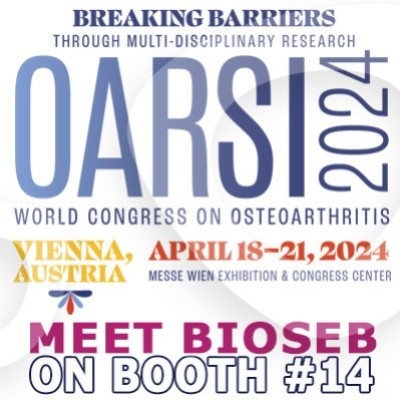Authors
Q. Rainer, L. Xia, JP. Guilloux, C. Gabriel, DJ. David et al
Lab
Université Paris-Sud, Laboratoire Neuropharmacologie, Châtenay-Malabry, France.
Journal
International journal of neuropsychology
Abstract
Agomelatine (S20098) is a novel antidepressant drug with melatonergic agonist and 5-HT2C receptor antagonist properties, displaying antidepressant/anxiolytic-like properties in animal models and in humans. In a depression/anxiety-like mouse model in which the response of the HPA axis is blunted, we investigated whether agomelatine could reverse behavioural deficits related to depression/anxiety compared to the classical selective serotonin reuptake inhibitor, fluoxetine. Adult mice were treated for 8 wk with either vehicle or corticosterone (35 μg/ml.d) via drinking water. During the final 4 wk, animals were treated with vehicle, agomelatine (10 or 40 mg/kg i.p.) or fluoxetine (18 mg/kg i.p.) and tested in several behavioural paradigms and also evaluated for home-cage activity. Our results showed that the depressive/anxiety-like phenotype induced by corticosterone treatment is reversed by either chronic agomelatine or fluoxetine treatment. Moreover, agomelatine increased the dark/light ratio of home-cage activity in vehicle-treated mice and reversed the alterations in this ratio induced by chronic corticosterone, suggesting a normalization of disturbed circadian rhythms. Finally, we investigated the effects of this new antidepressant on neurogenesis. Agomelatine reversed the decreased cell proliferation in the whole hippocampus in corticosterone-treated mice and increased maturation of newborn neurons in both vehicle- and corticosterone-treated mice. Overall, the present study suggests that agomelatine, with its distinct mechanism of action based on the synergy between the melatonergic agonist and 5-HT2C antagonist properties, provides a distinct antidepressant/anxiolytic spectrum including circadian rhythm normalization.
BIOSEB Instruments Used:
Forced Swimming Test: New FST DUAL SENSOR (BIO-FST-DSM)

 Pain - Thermal Allodynia / Hyperalgesia
Pain - Thermal Allodynia / Hyperalgesia Pain - Spontaneous Pain - Postural Deficit
Pain - Spontaneous Pain - Postural Deficit Pain - Mechanical Allodynia / Hyperalgesia
Pain - Mechanical Allodynia / Hyperalgesia Learning/Memory - Attention - Addiction
Learning/Memory - Attention - Addiction Physiology & Respiratory Research
Physiology & Respiratory Research
 Pain
Pain Metabolism
Metabolism Motor control
Motor control Neurodegeneration
Neurodegeneration Cross-disciplinary subjects
Cross-disciplinary subjects Muscular system
Muscular system General activity
General activity Mood Disorders
Mood Disorders Other disorders
Other disorders Joints
Joints Central Nervous System (CNS)
Central Nervous System (CNS) Sensory system
Sensory system Bioseb on booth #14 at OARSI 2024 in Vienna
Bioseb on booth #14 at OARSI 2024 in Vienna